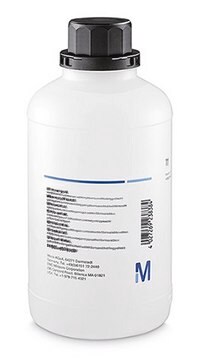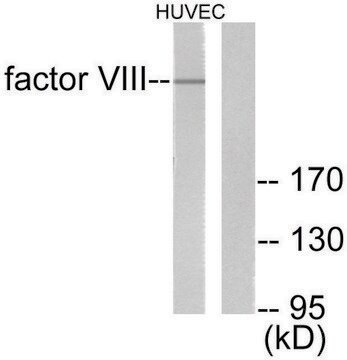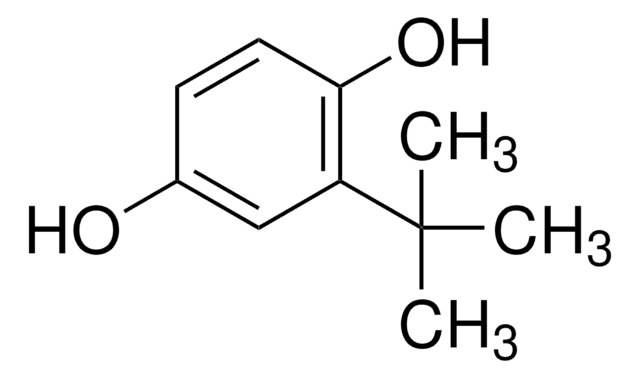W218308
Butylated hydroxyanisole
99%, FCC, FG
Synonym(s):
2(3)-t-Butyl-4-hydroxyanisole, 2(3)-t-Butylhydroquinone monomethyl ether, BHA
About This Item
Recommended Products
biological source
synthetic
Quality Level
grade
FG
Fragrance grade
Halal
Kosher
Agency
follows IFRA guidelines
reg. compliance
EU Regulation 1223/2009
EU Regulation 1333/2008 & 178/2002
FCC
FDA 21 CFR 117
FDA 21 CFR 172.515
vapor density
6.2 (vs air)
Assay
99%
autoignition temp.
599 °F
mp
58-60 °C (lit.)
application(s)
flavors and fragrances
Documentation
see Safety & Documentation for available documents
food allergen
no known allergens
fragrance allergen
no known allergens
Organoleptic
mild
InChI
1S/C11H16O2/c1-11(2,3)9-7-8(13-4)5-6-10(9)12/h5-7,12H,1-4H3
InChI key
MRBKEAMVRSLQPH-UHFFFAOYSA-N
Looking for similar products? Visit Product Comparison Guide
Related Categories
General description
Application
- Inhibition of NADPH oxidase 2 enhances resistance to viral neuroinflammation by facilitating M1-polarization of macrophages at the extraneural tissues.: This study examines the potential neuroprotective effects of butylated hydroxyanisole (BHA) in modulating immune responses during viral infections of the nervous system, suggesting BHA′s utility in reducing neuroinflammation through macrophage modulation (Choi et al., 2024).
- Highly Sensitive Electrochemical Determination of Butylated Hydroxyanisole in Food Samples Using Electrochemical-Pretreated Three-Dimensional Graphene Electrode Modified with Silica Nanochannel Film.: This study presents a novel method for detecting BHA in food products, emphasizing its role in food safety and quality control, and showcasing advanced material use for enhanced analytical performance (Huang et al., 2024).
- Purification and identification of novel antioxidant peptides derived from Bombyx mori pupae hydrolysates.: While focusing on antioxidant peptides, this research also contextualizes the antioxidant market where BHA is prominently used, underscoring the ongoing search for natural and effective alternatives in food and pharmaceutical industries (Chukiatsiri et al., 2024).
Hazard Statements
Precautionary Statements
Hazard Classifications
Aquatic Chronic 2
Storage Class Code
11 - Combustible Solids
WGK
WGK 2
Flash Point(F)
241.9 °F - Pensky-Martens closed cup
Flash Point(C)
116.6 °C - Pensky-Martens closed cup
Personal Protective Equipment
Choose from one of the most recent versions:
Already Own This Product?
Find documentation for the products that you have recently purchased in the Document Library.
Customers Also Viewed
Our team of scientists has experience in all areas of research including Life Science, Material Science, Chemical Synthesis, Chromatography, Analytical and many others.
Contact Technical Service








